15 Mistakes I Made as a New Investor

15 Mistakes I Made as a New Investor
Investing can be complicated when you're just getting started
Investing allows you to put your money to work with you -- but it also presents risks. Unfortunately, many new investors end up making costly errors that increase their chances of losses.
I was once one of those investors. But you don't have to make the same mistakes I did. In fact, here are 15 errors I fell victim to that you can avoid by learning from my example.
5 Stocks Under $49
Presented by Motley Fool Stock Advisor
We hear it over and over from investors, "I wish I had bought Amazon or Netflix when they were first recommended by The Motley Fool. I’d be sitting on a gold mine!" It's true, but we think these 5 other stocks are screaming buys. And you can buy them now for less than $49 a share! Click here to learn how you can grab a copy of "5 Growth Stocks Under $49" for FREE for a limited time only.
Previous
Next

1. Assuming you needed a lot of money to invest
One of the biggest mistakes I made as a new investor was assuming I needed thousands of dollars to open a brokerage account and get started. This made investing seem intimidating -- and out of reach when I was young and didn't have much money.
The reality is you can begin investing with just a few dollars -- especially as many brokerage firms now offer fractional shares and allow you to get started with no minimum balance required.
Previous
Next

2. Waiting to get started
I put off investing for a few years after I started working because I had other goals I thought were more important. As a result, I missed out on potential returns that I could have earned had I started sooner.
I know now that the power of time can make a huge impact, and investing even small amounts of money at a younger age can pay off in big ways thanks to compound growth.
Previous
Next
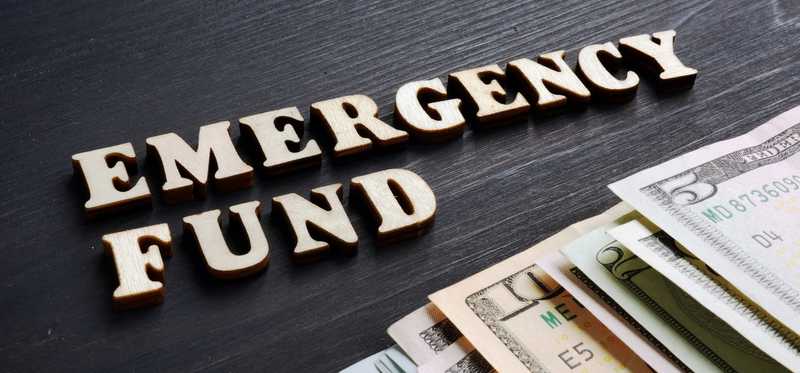
3. Investing before I had an emergency fund
Although I put off investing money for a while after I started working in order to do other things, saving an emergency fund wasn't one of the goals I aimed to accomplish before putting my cash on the line.
This was a huge mistake, because by investing before I had money saved for emergencies, I put myself in a position where I'd have either been forced to sell assets or go into debt to cover unexpected expenses.
Previous
Next
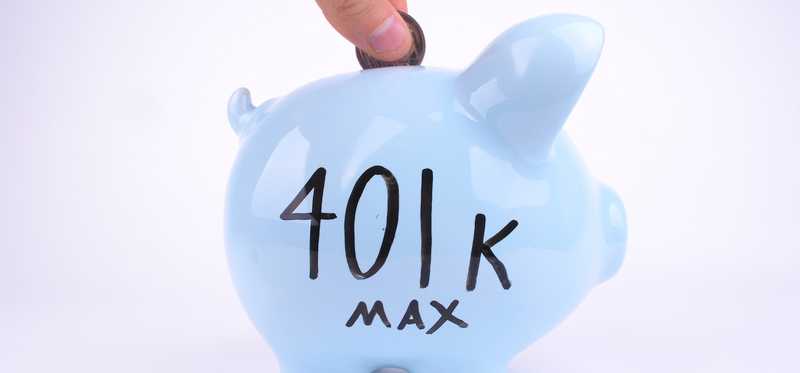
4. Choosing the wrong investment accounts
When I started investing, I opened a taxable brokerage account because it seemed like the simplest and easiest approach. Unfortunately, this meant I missed out on the tax savings that I could have enjoyed had I invested in an IRA instead.
If I'd been able to invest in a tax-advantaged account, the government would have subsidized my efforts to save for the future and the contributions I made to my account wouldn't have reduced my take-home income as much. This would have made saving easier.
Previous
Next
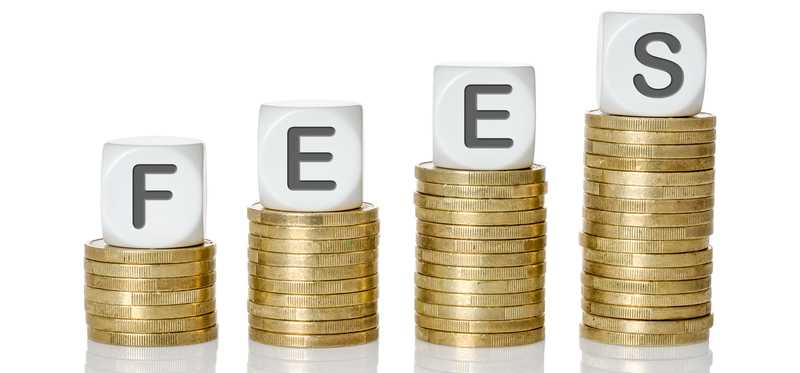
5. Paying too little attention to investment expenses
One of my first investments was in an actively managed mutual fund. I chose it because it seemed like it was a safe investment that would provide me with exposure to a good mix of different assets.
Unfortunately, it had high fees that ate into my returns and it didn't perform any better than many less expensive alternatives. I've since learned to prioritize investment opportunities with few expenses so I can keep more of the money my investments earn.
5 Stocks Under $49
Presented by Motley Fool Stock Advisor
We hear it over and over from investors, "I wish I had bought Amazon or Netflix when they were first recommended by The Motley Fool. I’d be sitting on a gold mine!" It's true, but we think these 5 other stocks are screaming buys. And you can buy them now for less than $49 a share! Click here to learn how you can grab a copy of "5 Growth Stocks Under $49" for FREE for a limited time only.
Previous
Next

6. Not considering my risk tolerance carefully
I was initially scared of losing money when I began investing, so I was far too conservative in choosing a mix of assets to buy. As a result, I lost out on the chance to potentially earn higher returns.
As a young investor, I should have taken on more risk in exchange for greater potential rewards -- especially since I had a lot of time for my portfolio to recover if my investments didn't pan out.
ALSO READ: 5 Questions to Ask Yourself in Case the Stock Market Keeps Crashing
Previous
Next
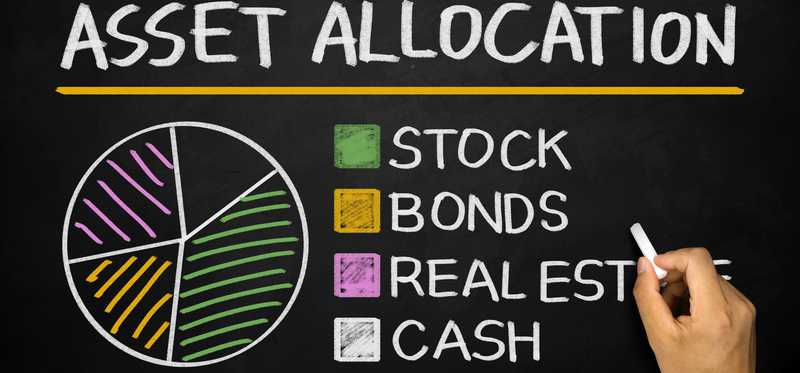
7. Not diversifying properly
Initially, I put a lot of my money into a few investments just because I didn't want to take the time to research lots of different assets I could buy.
Some of those investments underperformed, and my portfolio didn't do as well as it could have if I'd spread my money around and gotten exposure to a broader mix of different investment opportunities.
Previous
Next

8. Investing in things I didn't fully understand
Because I wasn't very interested in investment research, I only did a quick review of the assets that I was buying when I got started. I didn't really understand exactly how or why they distinguished themselves from other alternatives or what would affect their performance.
I've since changed course and now I make sure I have a broader understanding of any investments I put my money into. I'm still not terribly interested in spending a lot of time researching opportunities, so I've focused on learning all I can about one particular type of asset class -- exchange-traded funds -- that's simple and easy to understand.
ALSO READ: 3 Painfully Common Investing Mistakes to Avoid Right Now
Previous
Next

9. Investing a lump sum all at once instead of using dollar-cost averaging
When I started investing, I would save up several thousand dollars at once and then buy a mutual fund or other investment. As a result, if I bought at the wrong moment when prices happened to be high, I ended up overpaying for most of my investments.
I've switched now to using a technique called dollar-cost averaging, so I invest smaller sums at regular intervals in the same investment. This increases the chance that I'm making at least some of my purchases at the most opportune moments.
Previous
Next

10. Trying to time the market
When I first started investing, I tried to be strategic about when I bought assets in hopes that I could buy at rock bottom. Unfortunately, I was rarely able to guess correctly about what was the best time to make my purchase.
Market timing is often a losing endeavor since no one has a crystal ball to predict the future, so I've learned it's better to invest regularly and buy only assets I hope to keep for the long term.
5 Stocks Under $49
Presented by Motley Fool Stock Advisor
We hear it over and over from investors, "I wish I had bought Amazon or Netflix when they were first recommended by The Motley Fool. I’d be sitting on a gold mine!" It's true, but we think these 5 other stocks are screaming buys. And you can buy them now for less than $49 a share! Click here to learn how you can grab a copy of "5 Growth Stocks Under $49" for FREE for a limited time only.
Previous
Next
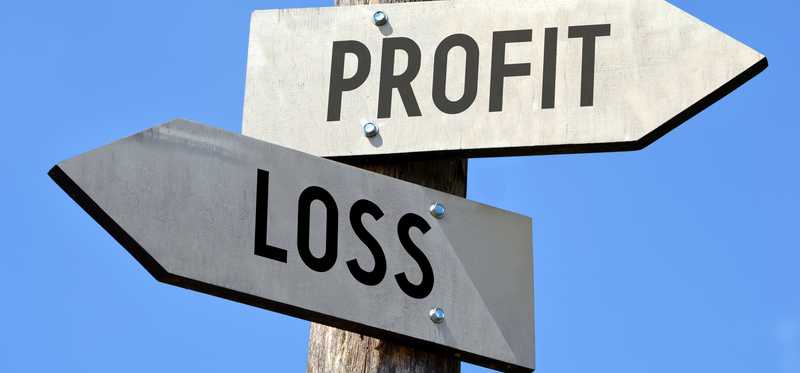
11. Taking profits too soon
When I was lucky enough to have some of my early investments perform well, I tended to act quickly in selling and taking profits as soon as I saw some gains. Unfortunately, this meant I sold many great investments early on that could have continued to allow me to make money for years to come.
I've given up on chasing short-term profits, and I no longer sell as soon as I've made a little money. Instead, I buy only assets that I believe will perform well for many years, and I plan to hold my investments for decades.
Previous
Next

12. Obsessing about short-term performance
I used to regularly check my portfolio every day and celebrate when I "made money" or get upset when I lost it.
I now know that until I actually sold, those losses and gains were only on paper and obsessing about them wasn't doing any good. In fact, it was harmful because it prompted me to act rashly in many cases.
Now I check in on my portfolio once every few months or so, only to determine if I still believe in my investments and if I still have the right asset mix given my current risk tolerance.
Previous
Next
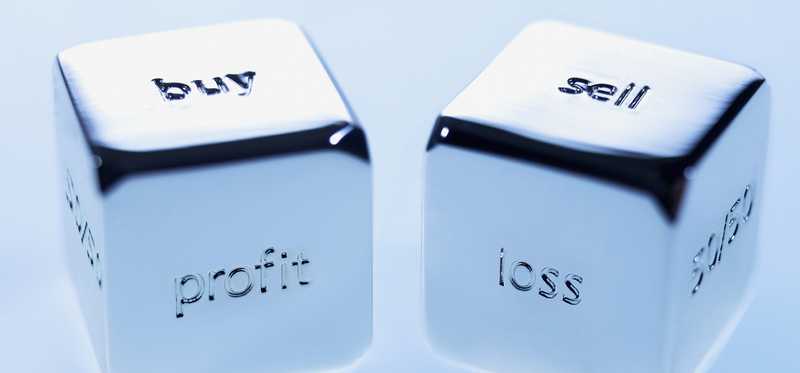
13. Panic selling when times looked tough
As a young investor, I didn't realize that market crashes were a natural part of the economic cycle. When things started going badly in the economy or there was a market correction, I tended to overreact and panic sell out of fear of losses.
Now I realize that had I left my money alone, I would have likely made back any losses during the recoveries that inevitably follow downturns. I no longer panic when things look rough and instead view it as a buying opportunity.
Previous
Next

14. Setting unrealistic goals
Initially, I had very unrealistic expectations for how much money I could make in the market. This made it more difficult to set investment goals that would allow me to accomplish my objectives since I was expecting unreasonably high returns.
My goal now is no longer to beat the market, but instead to invest in a reliable index funds that track its performance -- and I'm much more realistic about the returns this is likely to provide over time.
Previous
Next
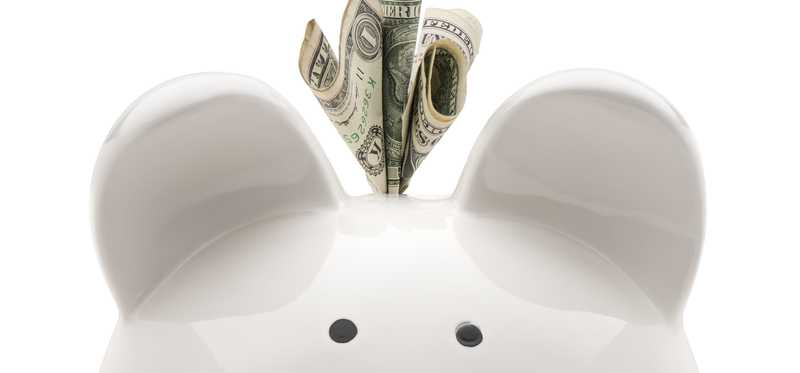
15. Failing to automate my investment account contributions
Finally, when I first started investing, I would manually transfer money to my brokerage account when I could. This often meant I ended up investing nothing since I ended up using the money for other things.
Over time, I realized I should make investing a priority. I budgeted for it, and set up automatic contributions to my accounts. Now, they grow effortlessly each month without any intervention on my part, and I'm on track to accomplish the financial goals I've set for myself.
5 Stocks Under $49
Presented by Motley Fool Stock Advisor
We hear it over and over from investors, "I wish I had bought Amazon or Netflix when they were first recommended by The Motley Fool. I’d be sitting on a gold mine!" It's true, but we think these 5 other stocks are screaming buys. And you can buy them now for less than $49 a share! Click here to learn how you can grab a copy of "5 Growth Stocks Under $49" for FREE for a limited time only.
Previous
Next

You can avoid my investing errors
Now you know some of the big errors that I made when I started out as an investor. You can make sure you don't make the same mistakes, so you can maximize your chances of being successful from the get-go.
The Motley Fool has a disclosure policy.
Previous
Next
Invest Smarter with The Motley Fool
Join Over Half a Million Premium Members Receiving…
- New Stock Picks Each Month
- Detailed Analysis of Companies
- Model Portfolios
- Live Streaming During Market Hours
- And Much More
READ MORE
HOW THE MOTLEY FOOL CAN HELP YOU
-
Premium Investing Guidance
Market beating stocks from our award-winning service
-
The Daily Upside Newsletter
Investment news and high-quality insights delivered straight to your inbox
-
Get Started Investing
You can do it. Successful investing in just a few steps
-
Win at Retirement
Secrets and strategies for the post-work life you want.
-
Find a Broker
Find the right brokerage account for you.
-
Listen to our Podcasts
Hear our experts take on stocks, the market, and how to invest.
Premium Investing Services
Invest better with The Motley Fool. Get stock recommendations, portfolio guidance, and more from The Motley Fool's premium services.